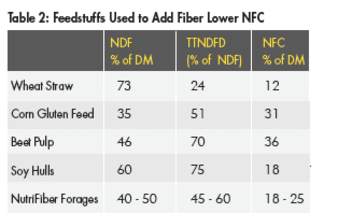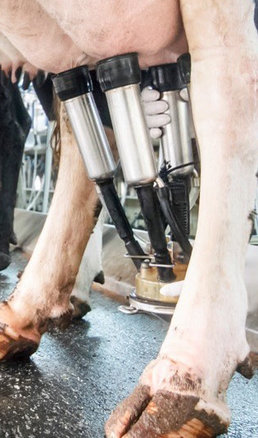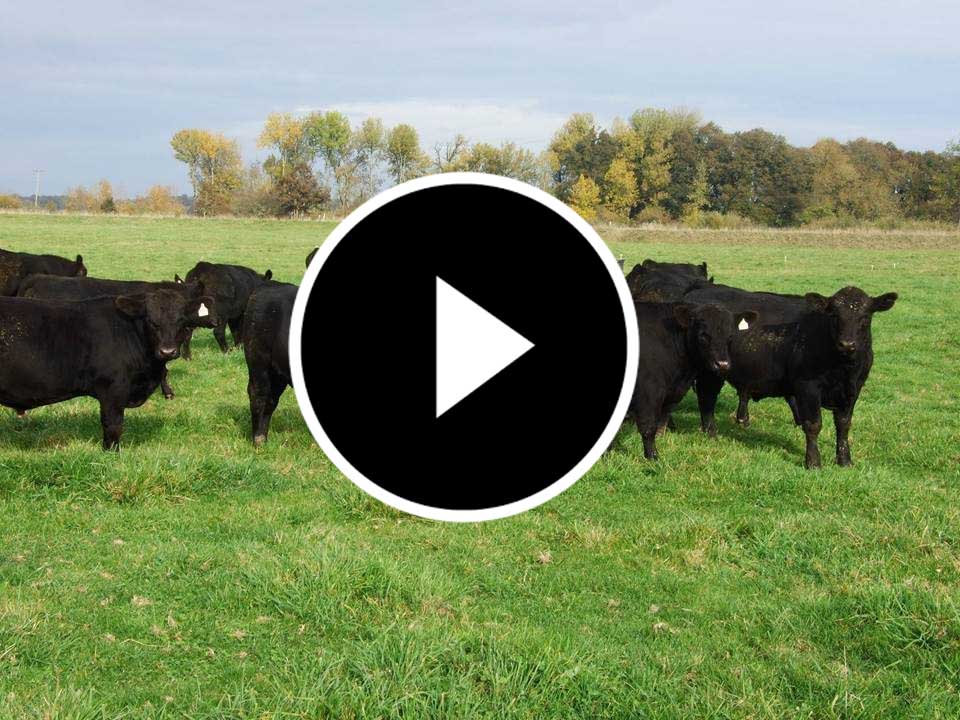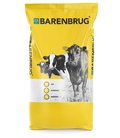Rumen acidosis is a metabolic disease of cattle, occurring when the pH of the rumen falls to less than 5.5 (normal range is 6.5 to 7.0). Like most metabolic diseases for every cow that shows clinical signs, there will be several more which are affected sub-clinically. The primary cause of acidosis is feeding a high level of rapidly digestible water-soluble carbohydrate. Acute acidosis often results in death. A milder form, called Subacute Ruminal Acidosis (SARA), is seen in dairy cattle.
SARA: Subacute Ruminal Acidosis
Extended periods of ruminal pH below 5.5-5.6
Reduced feed intake
Transient diarrhea
Reduced milk production and butter fat
Poor immune function
Laminitis/Lameness
Feeding NutriFiber forages, with more digestible physically effective fiber than wheat straw, can help to reduce acidosis.
"Acidosis is the most important nutritional problem that feedlots face daily and is a major challenge for dairies as well."1 [it is] “Caused by a rapid production and absorption of acids from the rumen when cattle consume too much starch (primarily grain) or sugar in a short period of time, acidosis causes cattle to be stressed. As long as cattle are finished on grain, cows are grazed on cornstalk fields (grain consumption) or high energy (grain) diets are fed to dairy cows, acidosis will be an important problem."2
"... grains are subject to microbial fermentation in the rumino-reticulum part of the stomach complex. ... The microbial fermentation of starches contained in grains can proceed too rapidly causing the rumen to become acidotic. The severity of the acidosis may range from mild to life threatening."1
REFERENCES:
1. Acute and Subacute Ruminal Acidosis, Dr. Clell V. Bagley, D.V.M., USU Extension Veterinarian.
2. Acidosis, Rick Stock, Extension Feedlot Specialist and Robert Britton, Ruminant Biochemist, University of Nebraska.









